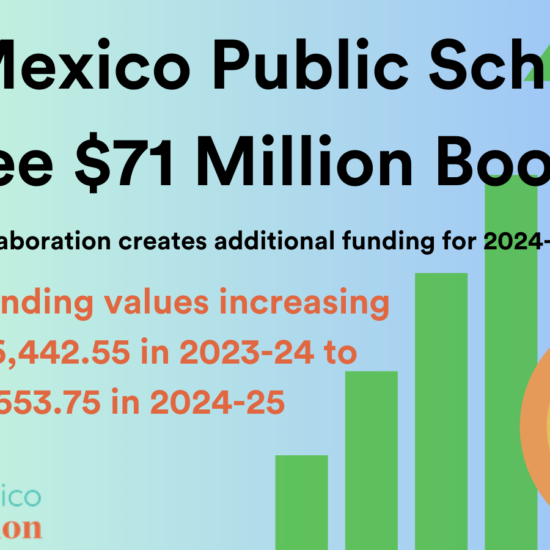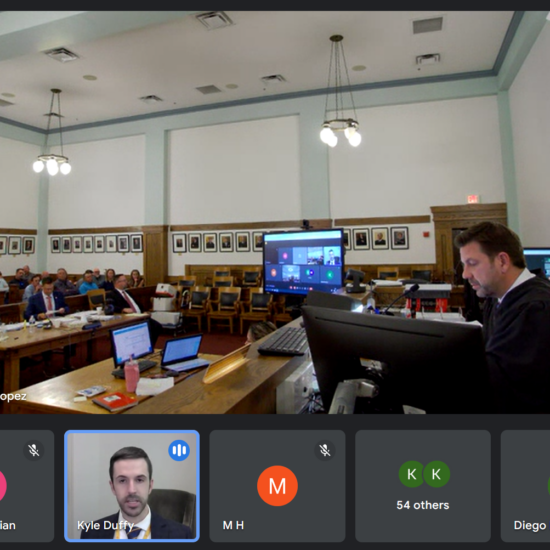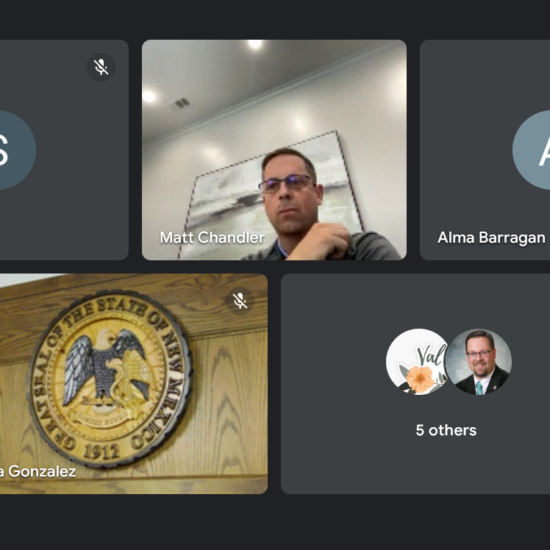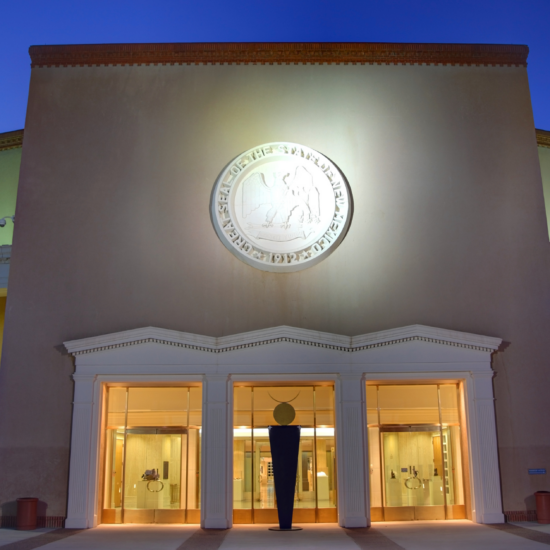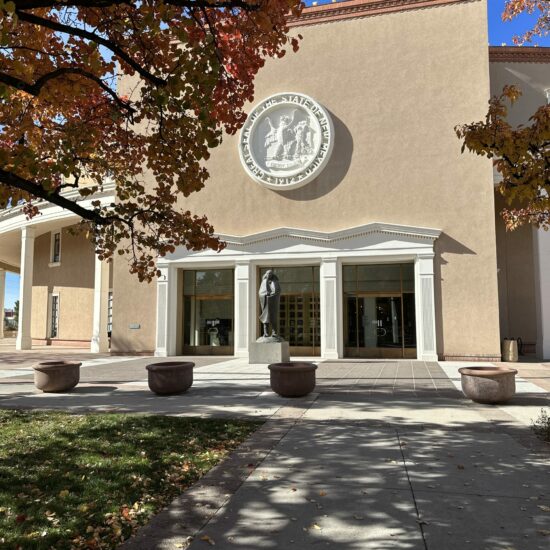
School districts in New Mexico received an 11.8 percent, $402 million budget boost for the upcoming fiscal year during the just-concluded 2022 legislative session.
The $3.9 billion fiscal year 2023 education budget represents a 44 percent increase over five years ago, when spending on public education totaled $2.7 billion.
While new teacher salary minimums and across-the-board school personnel raises, with a $257 million price tag, garnered the most attention, initiatives ranging from early literacy to teacher residencies to community schools also received significant funding increases.
It’s worth noting as well that some programs that remain unproven or not fully implemented got budget bumps despite a lack of evidence of their efficacy.
The legislature’s generosity pleased Education Secretary Kurt Steinhaus. “New Mexico is remarkably lucky to have a Legislature that understands the incredible challenges our children face and steps up again and again to fund evidence-based programs to help them overcome those challenges and thrive,” Steinhaus said in a news release.
Here are some highlights of less-noticed items garnered from a New Mexico Education scan of the Fiscal Year 2023 public education budget.
Teachers in state extended learning time programs get bigger raises. While there has been widespread news coverage about the increase in teacher minimum salaries (at least $50,000 for level one, $60,000 for level two, and $70,000 for level 3), teachers in K-5 Plus (25 extra days of school) and Extended Learning Time Program (10 extra days) get larger raises commensurate with their longer school years. K-5 Plus teachers will get at least $56,944, $68,333, and $79,722 for levels one, two and three. ELTP teachers will receive a minimum of $52,777, $63,333, and $73,888 for levels one to three. The legislature did not require districts or schools to participate in either program, but lawmakers said they hope the salary incentives encourage broader adoption.
More pay will be available for hard-to-staff positions. The state allocated $10 million for districts to use at their discretion to entice teachers with ”targeted pay increases” for hard-to-staff positions.
The Public Education Department got a big boost for its early literacy programs. During last school year, the PED launched a structured early literacy program that stressed training teachers in the science of reading. For next fiscal year, those efforts will get a big budget increase, from $1.7 million to $8 million.
Teacher residency programs will see a big expansion. Programs that pair teachers-in-training with expert teachers will expand, thanks to legislation that broadened eligibility. The budget for residency programs will see a corresponding increase, from $1 million to $15.5 million. This move is seen as one strategy for addressing the growing teacher shortage crisis, and to increase diversity in the state’s teaching corps.
Some other budget increases passed even though no clear evidence exists that these programs are yielding desired results.
The legislature allocated $15 million for at-risk interventions.The PED says it will use these funds for “academic and behavioral interventions,” but details are lacking.
Community schools also get a major funding infusion. Community schools offer “programs and services that fall within four broad evidence-based strategies: Integrated student supports, expanded and enriched learning time and opportunities, active family and community engagement, and collaborative leadership and practices.” Community schools got a 60 percent budget increase, from $5 million to $8 million, even though no studies to date have shown significant academic progress at the state’s 33 community schools.
Funding for teacher evaluations doubles. The legislature allocated $2 million to teacher evaluations compared to $1 million last year. The state hasn’t mandated evaluations during the Covid-19 pandemic. Nor is PED requiring evaluations this year.
State assessments got another year’s funding. While funding for state testing remained flat at $7.2 million, assessments have been paused for the past two years, so how, where, and whether this year and last year’s funds were spent is an open question. New Mexico now spends more on its state assessments than it did in the 2019 fiscal year, when it spent $6 million as part of the multi-state PARCC assessment consortium.
More money for the troubled school transparency program. The legislature granted another $1 million on top of the original $3 million to build a robust school budget transparency website. The website was supposed to launch last Dec. 31. A “work in progress” version of the site went live in early January, but it is riddled with holes and missing key pieces of information on some districts, and virtually all information on other districts.


